Longer trailers, added axles, and a patchwork of vehicle weights and dimensions
Those who wonder why vehicle weights and dimensions are so varied from one jurisdiction to the next can look directly to Ontario.
The province had achieved several productivity gains during the late ’70s and early ’80s thanks to the creative use of the Ontario Bridge Formula, leading other provinces to find their own ways to allow trucks to haul more cargo.
And that led to the regulatory morass that remains with us today.
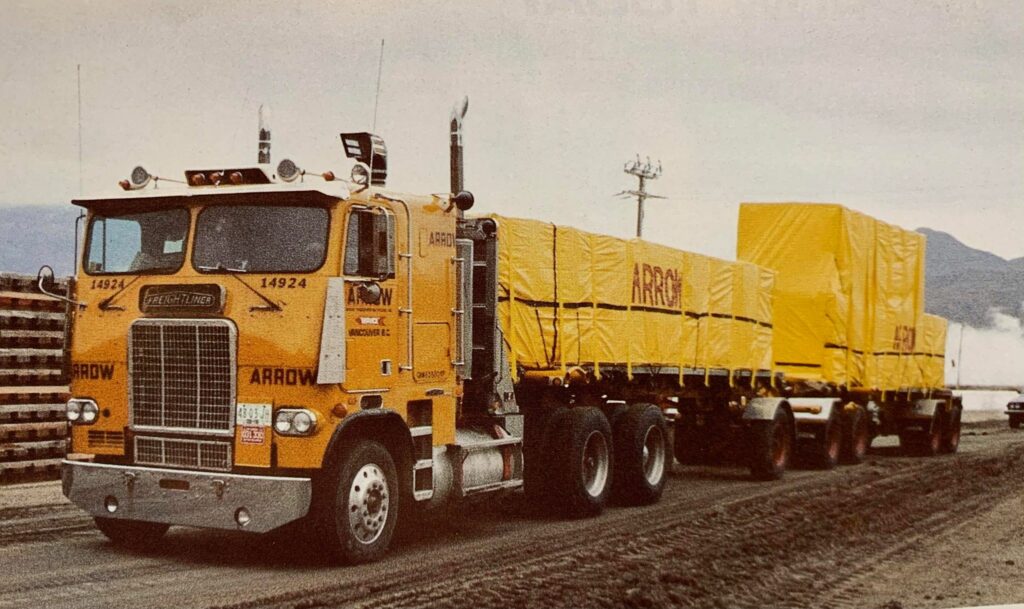
At the time, vehicle weights and dimensions were mostly considered in terms of the potential for pavement damage. Experts of the day hadn’t really connected the dots between truck configurations, vehicle dynamics and safety, so one of the first initiatives of Roads and Transportation Association of Canada’s (RTAC) Vehicle Weights and Dimensions Committee (VWD) was to assess highway infrastructure across the country to determine what loads pavement and bridges could handle.
Researchers looked at the capacity and strength of pavement and bridges on primary highways, eventually finding them to be similar across the country and generally adequate for commonly used truck configurations. Some weaknesses were identified across the prairie provinces and in Atlantic Canada, and an infrastructure strengthening and bridge upgrading program was launched.
Those upgrades had been completed by the early ‘80s, and the roads and bridges on primary highways were deemed suitable for trucks weighing up to 60,000 kg (132,276 lb). The problem was, few jurisdictions outside of Ontario, B.C., and the Yukon had any interest in the vehicle configurations needed to reach such weights. Nobody had any appetite for Ontario’s form of truck weight regulation, nor any of the configurations that made those gross vehicle weights possible. The prairie provinces at the time didn’t recognize tridem axle groups (three equally spaced axles), and lift axles generally were not looked upon kindly anywhere in western Canada.
Longer lengths and C-dollies
While engineers were conducting their pavement and bridge evaluations, the prairie provinces decided to increase length limits rather than boosting allowable axle weights to raise payload capacity. As a result, carriers began running short pup trailers behind their existing trailers — and almost immediately, there was a marked increase in the number of rollover incidents.
Another example of the thinking of the time was the tandem axle C-dolly. The single-axle C-dolly had two drawbars attached to a self-steering single axle and it worked really well. It provided the stability of a B-trailer but with the convenience of being able to switch trailers. Naturally, since a single axle worked really well, engineers decided to try a C-dolly with a tandem self-steering axle. It turned out to be highly unstable.
Suddenly people were realizing that there were consequences to changing the rules. The vehicle weights and dimensions committee began asking if the increase in rollovers could be tied back to the changes in vehicle configurations. The relationship between the regulations and safety wasn’t clear in the early ‘80s because little data was available.
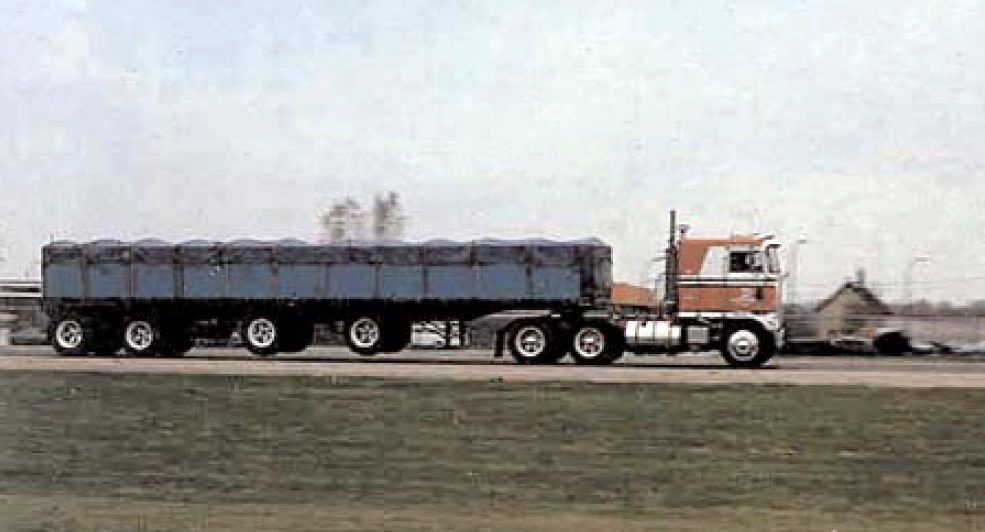
Ontario gets heavier
Meanwhile, from 1974-82, Ontario fleets and trailer makers continued tinkering with the Ontario Bridge Formula – getting more creative with axle-spacing, and producing trailers that could legally carry increasingly heavier loads.
Several interesting things happened in the province during that time.
When Ontario adopted the metric system in 1978, regulations were updated to reflect the change. That saw the length of a semi-trailer increase from 45 feet (13.72 meters) to 46 feet (14.0 meters). Then, in 1983, the Ontario Commission on Truck Safety recommended an increase in the overall combination length limits from 65 feet (19.8 m) to 68’11” (21 m) to allow for longer tractor wheelbases, which were recognized as more stable than shorter tractors.
At about the same time, the Bridge Formula was removed from the Highway Traffic Act, leaving gross weights described by a series of tables based on vehicle dimensions and axle spacing. As a result of even the modest increases in length, weights went up yet again.
As an example of how regulations can have unintended consequences, there was a tanker fleet in eastern Canada that had experimented with small extended frames equipped with bicycle wheels at the rear of the trailer. Those wheels were not designed to carry any additional weight, but they made the trailer longer, and under the load and axle spacing tables they increased the potential payload by a couple of thousand kilograms.
In one example of a regulation backfiring, Ontario — having concluded that B-train doubles were more stable than A-trains — introduced a definition of inter-vehicle-unit distance that lowered allowable gross weights for A-trains. It was intended to encourage the use of B-train doubles over A-trains. However, fleets realized the lost weight could be offset by simply increasing the length of the drawbar between the trailers, so they could continue using their lighter and less-expensive A-trains rather than converting to B-trains.
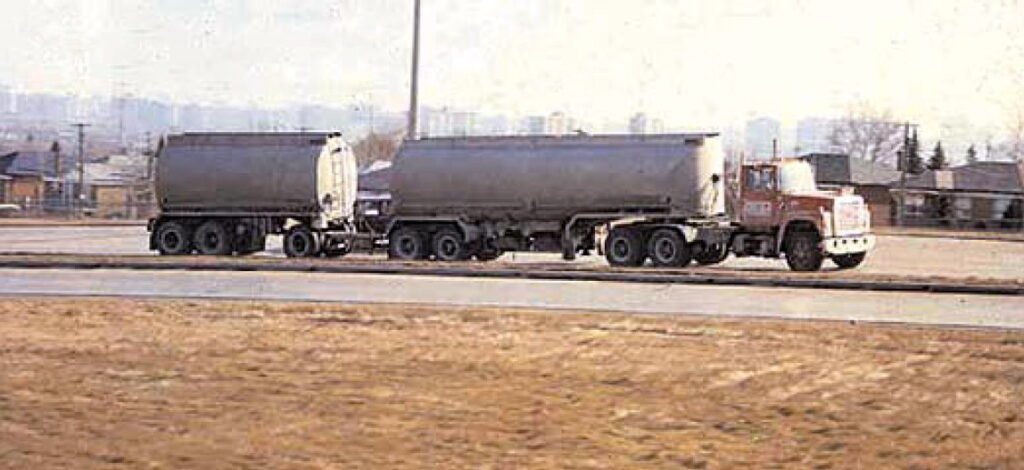
48-foot change
When the U.S. decided to allow 48-foot (14.65 m) semi-trailers under the Surface Transportation Assistance Act (STAA) in 1982, the situation in Ontario got really interesting. Essentially forced into increasing length limits, this time to accommodate the longer trailers coming from the south, the longer trailers inadvertently made room for another axle or two. Fleets and trailer makers happily took full advantage of the change.
Under the gross weight tables established in 1978, trailers with five or six axles were not prohibited, but they weren’t practical. Due to the axle-spacing constraints, adding more axles wouldn’t allow them to carry any more weight than a four-axle trailer. However, with imaginative engineering and some adjustments to king-pin settings and tractor wheelbases, the offshoot led to five- and six-axle semitrailers capable of gross vehicle weights of more than 137,000 pounds (62,300 kg) — nearly equal to the gross weight of an eight-axle B-train.
As you might imagine, semi-trailers with four or five axles are very difficult to turn with all that rubber on the road, so lift axles proliferated. Dragging a tractor-trailer weighing 137,000 pounds around a corner on just five axles was tearing up pavement everywhere these trucks operated. The weight on the three non-lifted axles on one of these trailers while cornering could be nearly 84,000 pounds (38,000 kg) — not including the weight on the tractor axles.
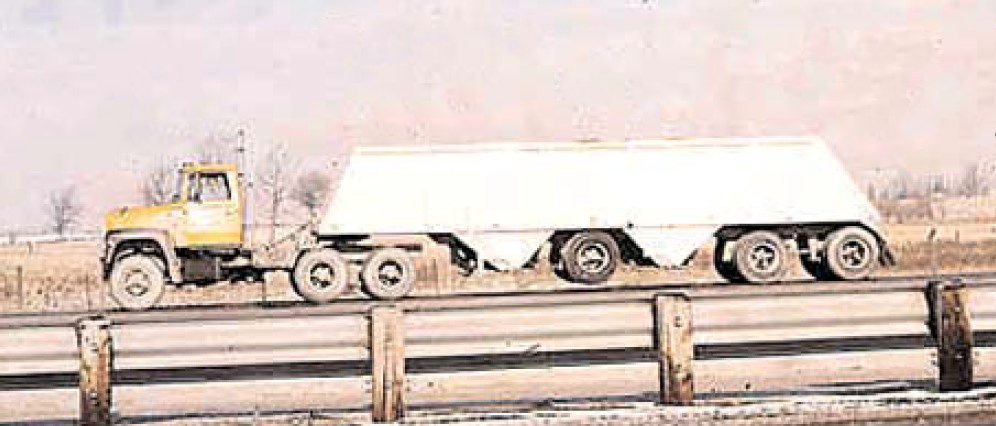
Ontario’s crackdown
By 1981, the rules had become so disparate that something had to be done to address the issues that stood in the way of harmonized regulations. But rather than proceed with a patch-work approach, a proposal was developed through a joint government/industry committee within RTAC and the Canadian Council of Motor Transport Administrators (CCMTA) for a study that would determine what needed to be addressed in order to support harmonization discussions.
Among the concerns were:
- What happens to vehicles when you start adding axles and making them longer and heavier?
- What impact will heavier trucks have on public infrastructure like roads and bridges?
- Will longer, heavier trucks still be stable and safe?
- What’s in the public interest?
At $2.8 million ($6.4 million in today’s dollars), it would be the largest cooperative research program ever undertaken in Canada, with government and industry sharing the cost of the project.
It was a novel approach, and received a high degree of political buy-in. Expectations from the trucking industry were high that the research would help harmonize weights and dimensions across Canada.
The studies run from 1981-86 looked at everything from C-train stability, to using a tilt table to evaluate rollover thresholds for heavy vehicles, and supporting a pavement test program with an investigation into heavy truck suspensions.
When completed, the findings were presented at the inaugural International Symposium on Vehicle Weights and Dimensions in Kelowna, British Columbia. That event was a big deal. It was attended by pavement engineers, bridge engineers, experts in vehicle dynamics, and government and industry representatives from around the world, including Canada, United States, Australia, Great Britain, Europe, Japan, and others.
“When the study wrapped up, we organized an international symposium on vehicle weights and dimensions and invited experts from all over the world to help validate our research,” says John Pearson, the organizer of the symposium and the project manager of the VWD study. “It was a great coming together of the idea that the pavement engineers and the bridge engineers and the vehicle dynamicists, all need to get together with the industry and work on these issues together.”
That symposium continues today, though it was renamed in 2019 to the International Forum for Heavy Vehicle Transport and Technology. The next meeting is scheduled for Sept. 4-7 in Qingdao, China.
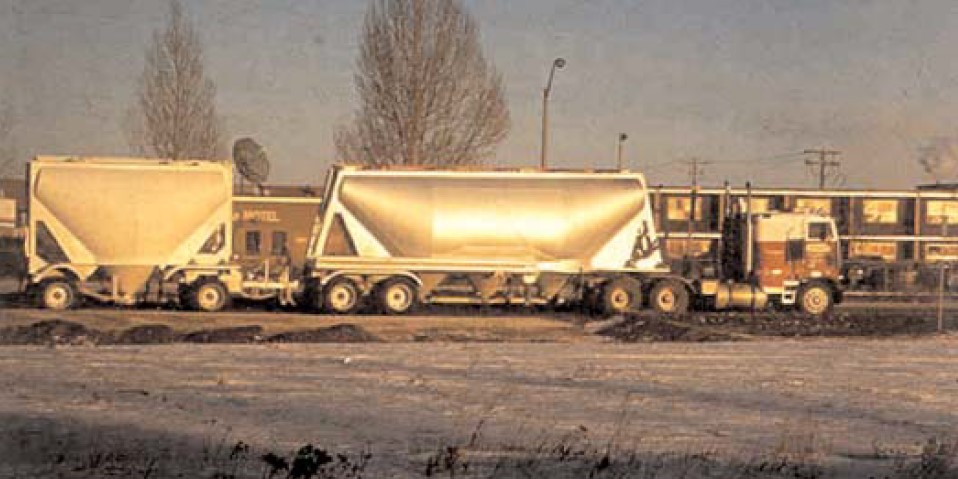
We pretty much take truck weights and dimensions for granted today. A wide variety of truck and trailer combinations can now travel across Canada unmolested and unchallenged thanks to various Memorandums of Understanding between jurisdictions. Additional MOUs are agreed to periodically as the need arises, all thanks to the groundbreaking work done by those legions of researchers and engineers from the across Canada and the United States.
As Pearson told me during my research for this story, prior to 1981, truck weights and dimensions regulations had been developed using only the bridge formula, originally developed in 1956 along with the development of the U.S. Interstate highway system.
“The size and weight rules historically have been driven by the bridge formula, or by pavement condition factors without consideration of what happens to the vehicle, or what the industry is actually looking for,” he says. “Before beginning work on the study, we had to back up a whole lot and ask ourselves, ‘What do we need to know in order to develop an appropriate regulatory regime that provides productive trucks, but doesn’t have bridge engineers designing them — which is kind of what happened in Ontario — and satisfies all the people with a stake in the game?’
“We approached the project from the perspective that highway safety is paramount, managing the infrastructure is important, and advancing productivity through harmonization would be very beneficial. We put all that stuff in a pot and asked ourselves, ‘What do we need to know to be able to do this?’ And that’s where the research came around.”
This is the second in a three-part series on the history of Canada’s vehicle weights and dimensions. Next: Part 3 – The study findings, and a few surprises now recognized around the world.
Have your say
This is a moderated forum. Comments will no longer be published unless they are accompanied by a first and last name and a verifiable email address. (Today's Trucking will not publish or share the email address.) Profane language and content deemed to be libelous, racist, or threatening in nature will not be published under any circumstances.